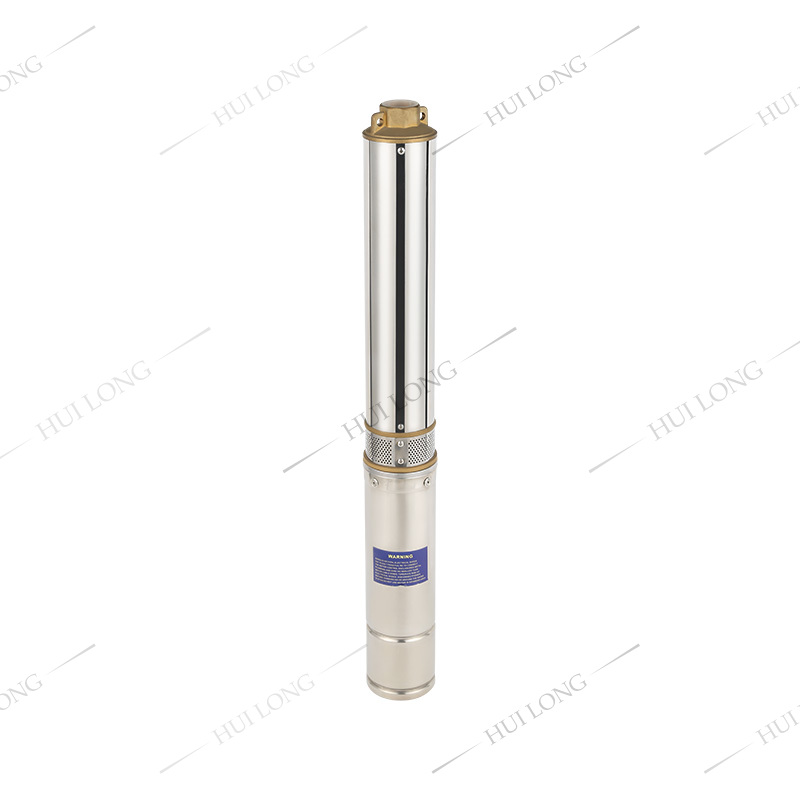When setting up a reliable water system, choosing between a Deep Well Pump and a shallow well pump is an important decision. Both types of pumps serve the same basic function of delivering water from underground sources, but their applications, capabilities, and installation methods differ. Understanding these differences helps homeowners, farmers, and facility managers select the option that suits their water supply needs.

A Deep Well Pump is designed to extract water from wells that reach depths of over 25 meters. These pumps are typically submersible, meaning the entire unit operates below the water level inside the well. A Pump works by pushing water upward through a series of pipes and into the plumbing system. Its ability to handle significant depths makes it a popular choice for rural areas, agricultural sites, and industrial facilities that rely on underground water reserves.
In contrast, a shallow well pump is generally suitable for wells less than 25 meters deep. These pumps are installed above ground and use suction to draw water from the well. While they are often easier to install and maintain, shallow well pumps have limitations when it comes to reaching deeper water tables. They are commonly found in residential areas where underground water levels remain relatively high throughout the year.
One of the major differences between a Deep Well Pump and a shallow well pump lies in their installation process. A Pump is submerged inside the well casing, which allows it to operate quietly and remain protected from environmental factors. On the other hand, shallow well pumps are mounted outside the well, making them more accessible for routine maintenance, though they may generate more noise during operation.
Water pressure and flow capacity also differ between these two types of pumps. A Deep Well Pump typically offers higher water pressure and can sustain a steady flow rate over long distances. This makes it suitable for larger homes, irrigation systems, and industrial operations where multiple water outlets may run simultaneously. Meanwhile, shallow well pumps are generally used for smaller systems with limited water demand, such as cottages, gardens, or small households.
Another factor to consider when choosing between a Deep Well Pump and a shallow well pump is energy consumption. A Deep Well Pump, due to its motor power and operational depth, often requires more electricity to function compared to a shallow well pump. However, advances in motor technology have made modern Deep Well Pump models more energy-efficient than earlier designs. Energy use should be weighed against the required water volume and delivery distance when selecting a pump type.
Durability and material construction are also important aspects. A Deep Well Pump is usually built from corrosion-resistant materials like stainless steel to withstand prolonged exposure to water and mineral deposits. Shallow well pumps, while also designed for durability, may not require the same level of protection since they remain above ground and are less exposed to harsh underground conditions.
Control and safety features vary between pump types. Many Deep Well Pump models include integrated pressure switches, thermal overload protection, and dry-run safeguards to prevent damage from operating without sufficient water. Some shallow well pumps are equipped with similar features but are generally simpler in design, reflecting their use in less demanding applications.
When it comes to noise levels, a Deep Well Pump tends to operate more quietly because it is submerged deep below the surface. This makes it a favorable option for residential properties where minimizing noise pollution is a consideration. In contrast, shallow well pumps are usually louder since they run above ground, though modern models have incorporated improvements to reduce operational noise.
Maintenance requirements should also be evaluated before making a decision. While a Deep Well Pump is protected from weather and debris, accessing it for repairs or servicing can be more complex. Shallow well pumps, positioned above ground, are easier to inspect and maintain but may be more vulnerable to environmental wear and tear.


 中文简体
中文简体 عربى
عربى






